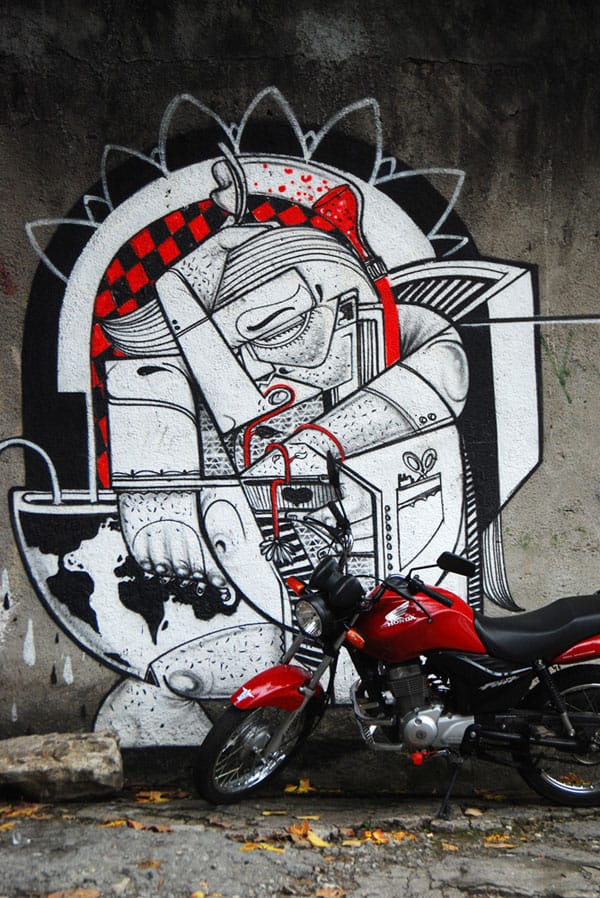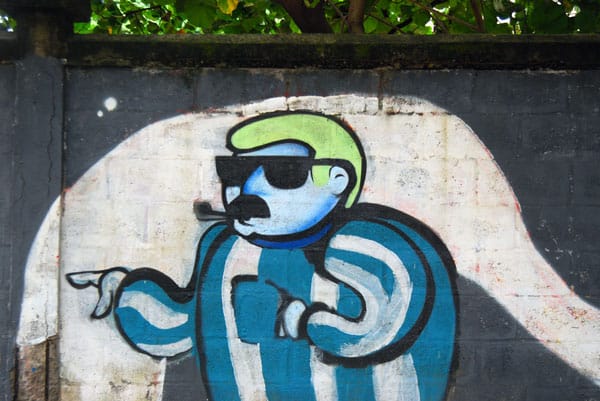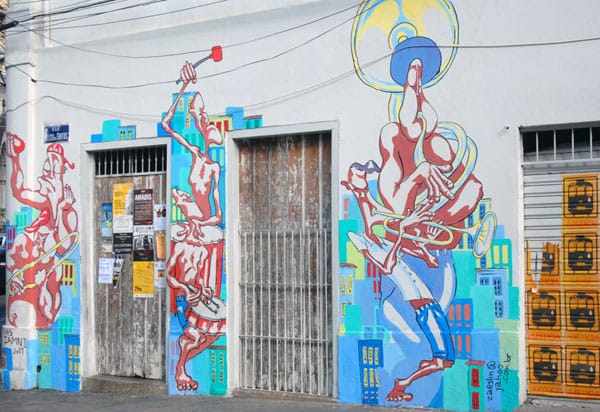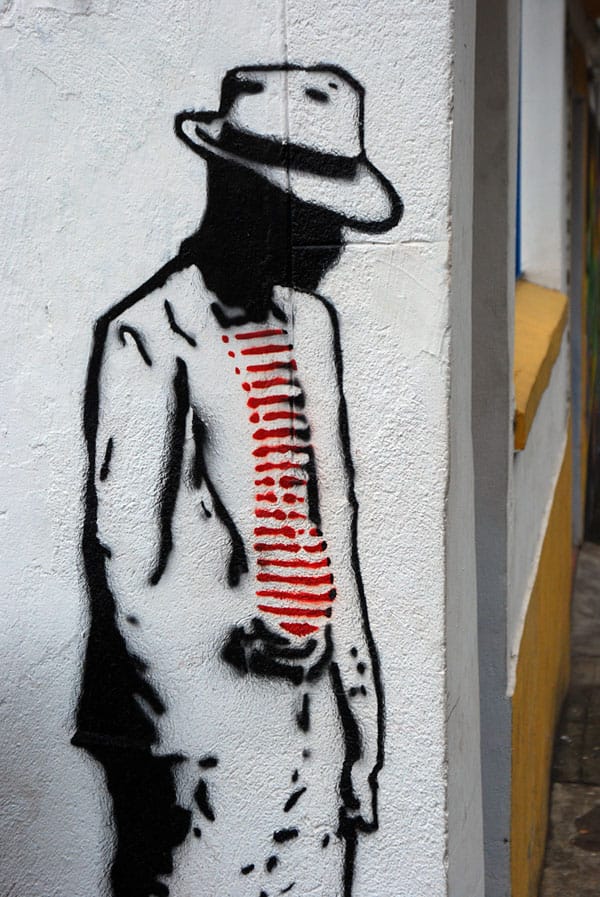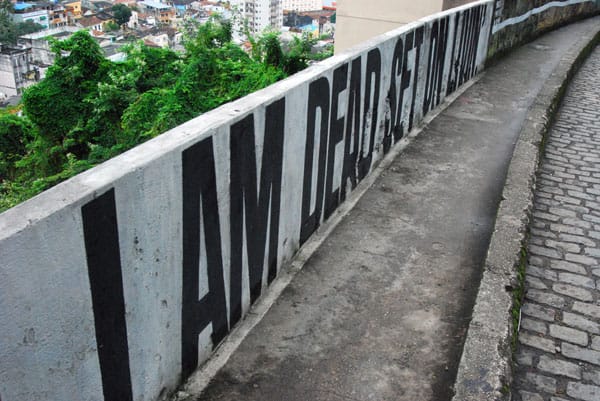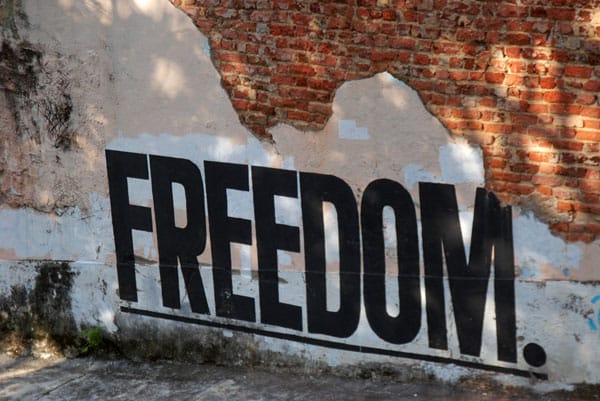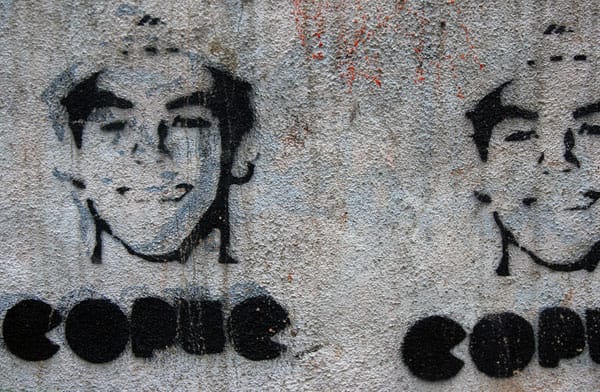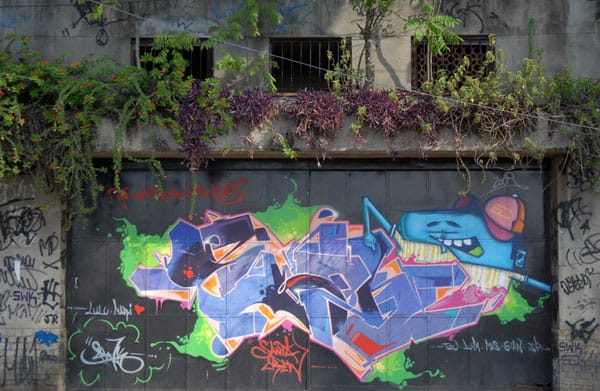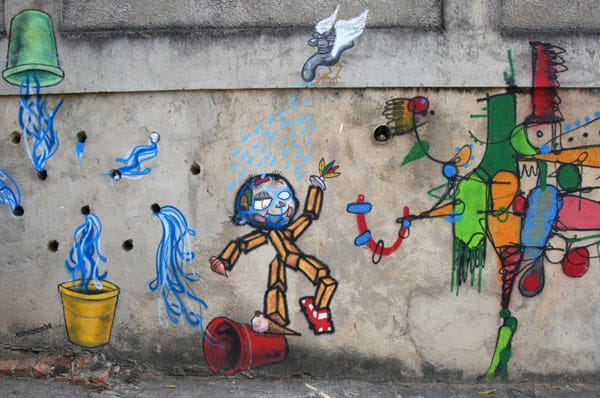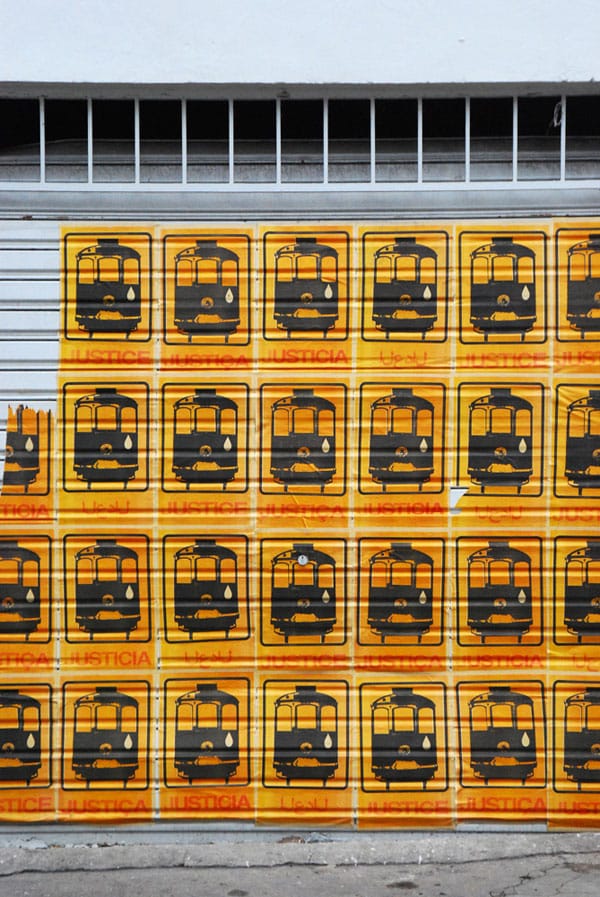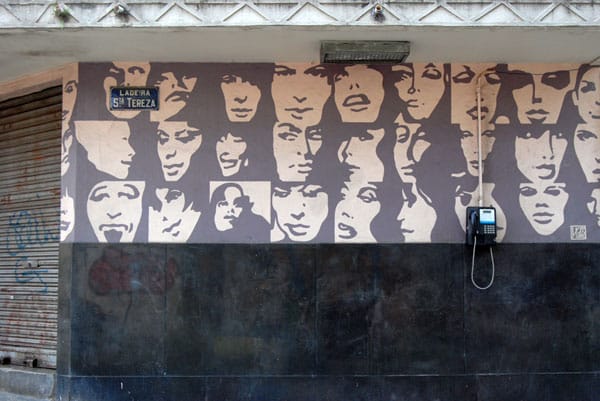Colorful Street Art Gives Rio de Janeiro a Fresh Look
Graffiti in Rio de Janerio is some of the most festive, whimsical and lighthearted graffiti I’ve seen anywhere. Though the street art feels like it’s being taken seriously, the pervasive style is bold, playful, colorful, and full of bizarre scenes, stylized characters and undecipherable situations.

Editor’s note: Last week, the author published a post on street art in Buenos Aires. This is her second post about street art in South America.
Graffiti in Rio de Janerio is some of the most festive, whimsical and lighthearted graffiti I’ve seen anywhere. Though the street art feels like it’s being taken seriously, the pervasive style is bold, playful, colorful, and full of bizarre scenes, stylized characters and undecipherable situations.
The City of Rio has lax graffiti laws that most likely serve their own self-interest, and the city legally allows street artists to paint on rundown and decrepit walls. Though the economic heart and cultural center of Brazil is still considered to be São Paulo, Rio is on the verge of a new era, with money pouring into the city for the 2014 World Cup and the 2016 Olympic games.
Home to several graffiti collectives such as Nação Graffiti, Rio has a vibrant scene of local artists. As the artist Vik Muniz has said, “Rio is not a city for art, it’s a city for artists.” This sentiment echoes so many recent critiques aimed at major urban art hubs like New York City, where being a working artist has become more and more difficult as the cost of living continues to rise. Rio is still surrounded by pockets of extreme poverty, and much of the street art movement has moved into the favelas as part of recent efforts by artists to revitalize them. I was surprised to discover while vacationing there that jeep tours of the favelas are as popular and exploitive as tours of the Amish country in the United States.
Below are images I shot of various murals in Rio, though unfortunately it has been almost impossible to uncover the artists behind most of these works. Many of the images come from winding little mountain roads of the neighborhood of Santa Teresa.
